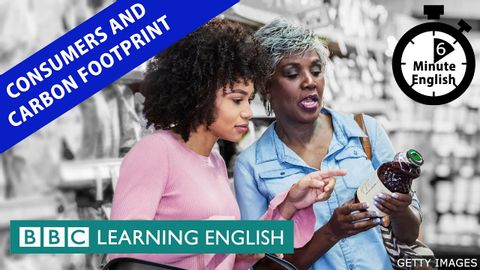Do consumers care about carbon footprints? - 6 Minute English
 沒有此條件下的單字
沒有此條件下的單字US /ɪˈkwɪvələnt/
・
UK /ɪˈkwɪvələnt/
US /ˈkɑnˌtɛnt/
・
UK /'kɒntent/
- adj.滿足的;滿意的
- n. (c./u.)內容;主題;內容;滿意;內容 (數位);含量
- v.t.使…滿足
- v.i.同意
- n.簡述重點;翻新胎面;重述要點;翻新的輪胎
- v.t.概括
US /voˈkæbjəˌlɛri/
・
UK /və'kæbjələrɪ/
